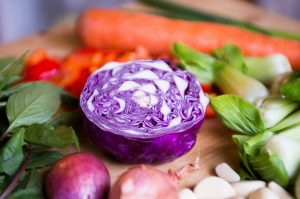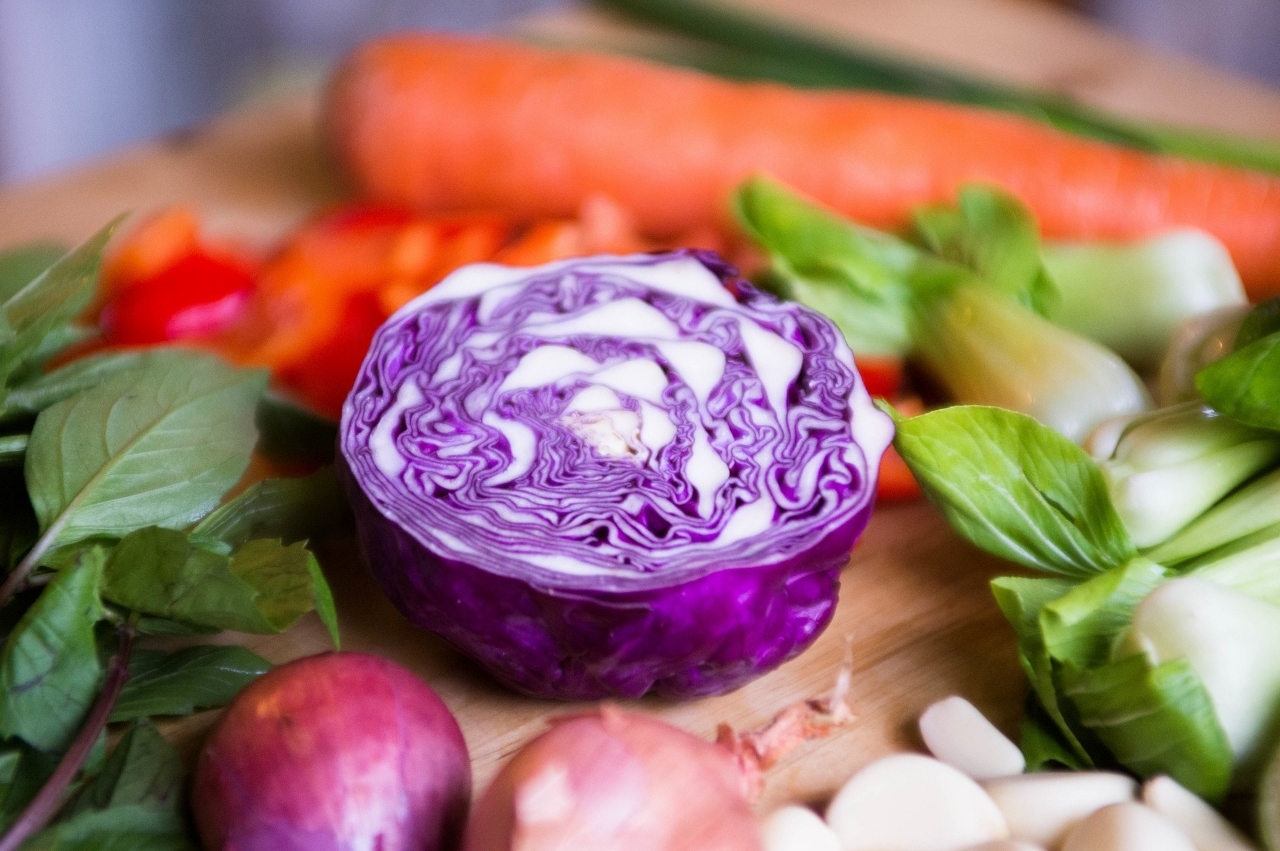 Here are a few more pointers for those who want to go green on a budget. This is a follow-up on my first post on Going Green on a Budget – Bone Broth.
Here are a few more pointers for those who want to go green on a budget. This is a follow-up on my first post on Going Green on a Budget – Bone Broth.
A few tips on how to build your family’s immune system and nourish their bodies:
1. Gelatinous meats
Meat can be quite expensive. It is however something I will not compromise on. I will eat non-organic fruits and vegetables if my budget does not allow for organic, but I always stick to grass-fed, hormone-free meat.
There are a few ways to spend less on meat:
– Buying directly from a farmer that you know and feel comfortable has good quality, clean meat, often gets you better prices.
– Going for the cheaper gelatinous meats, like beef neck, shin, stew or beef brisket. Gelatinous meats are healthier than muscle meats in that it contains fat and gelatine, which are amazing for the nourishment of your gut, and the fat helps with the digestion of the meat.
– When buying sheep meat, I often choose mutton instead of lamb. Mutton can be a tougher meat, but since I slow-roast it in the oven for many hours, it really doesn’t matter. If you are planning to braai/barbecue the meat, it will be better to go for lamb.
– Buying meat in larger quantities often gets you a better price per kg.
One important aspect is that you need to allow for enough prep-time to cook the meat (about 5-8 hours). I put the meat out to defrost the night before. I can then put the gelatinous meats or mutton in the oven at 90-100C in the early morning (around 8am), to ensure that it is soft, juicy and ready any time from 4pm onwards.
You can of course make it in your slow-cooker as well.
2. I invest in a good quality probiotic which I give to my family every second or third day (or as I remember!). My children usually remind me, because they love chewing the pill just after their evening meal.
3. If you cannot afford a good digestive enzyme, drink 1 tablespoon of unfiltered and unpasteurised apple cider vinegar (ACV) in half a glass of water before or after a meal. See our complete article on apple cider vinegar here if you missed it.
4. Invest in good quality salt. This is to ensure that everyone gets their much-needed minerals. A ¼ teaspoon of Himalayan or Oryx desert salt in water is a wonderful way of replenishing the minerals in your body, and it helps against dehydration after exercise or on very hot days.
5. Make your own fermented foods. Fermenting vegetables is an age-old way of preserving food. You can ferment basically any vegetable, like cabbage, cauliflower, garlic, carrot, beets, ginger, to name just a few. This is done by adding the chopped vegetables, 2 tablespoons Himalayan salt and 1L water to an airtight glass container and letting it stand in a dark cupboard for at least two, but preferably four weeks. The process of fermentation makes the vitamins and minerals more readily available to your body. It is also amazing for your digestive health, since it is filled with probiotics and digestive enzymes to aid the digestion of your food and give you an overall feeling of wellness.
Even if you just make one fermented food that you feel comfortable with, it will make an amazing difference to your health. There are so many to choose from, e.g. sauerkraut, kimchi, kombucha, beet kvass, water- or milk kefir or our very own Sweet Crunchy Onions.
For info and recipes on how to ferment foods, you can download free e-books on the topic here:
http://www.culturesforhealth.com/learn/free-ebooks/
That being said, not everyone can tolerate fermented foods. Some people are sensitive to histamine which is high in fermented foods. So keep a close watch on your body and add it little by little. You do not need more than half a cup per day, spread out between meals. This is a super food that you should add little by little due to its detoxing effect, especially if you are unsure about your sensitivity level to histamine. Start with 1 teaspoon per day and increase as you feel comfortable.
I hope this helps you on your journey to going green on a budget. More tips to follow next week!
To life & in good health,
Franzelle


Lovely!Great tips Franzelle
Thank you for sharing- this helps !
Are you able to recommend a non-toxic slow cooker I can get my hands on in Sweden? I really want to buy one but I hear some of them contains lead 😱?Thanks for a great website and inspiring recipes!
I’ll be honest I haven’t looked into slow cookers for exactly that reason. But I’ll reply as soon as I have done some more research!